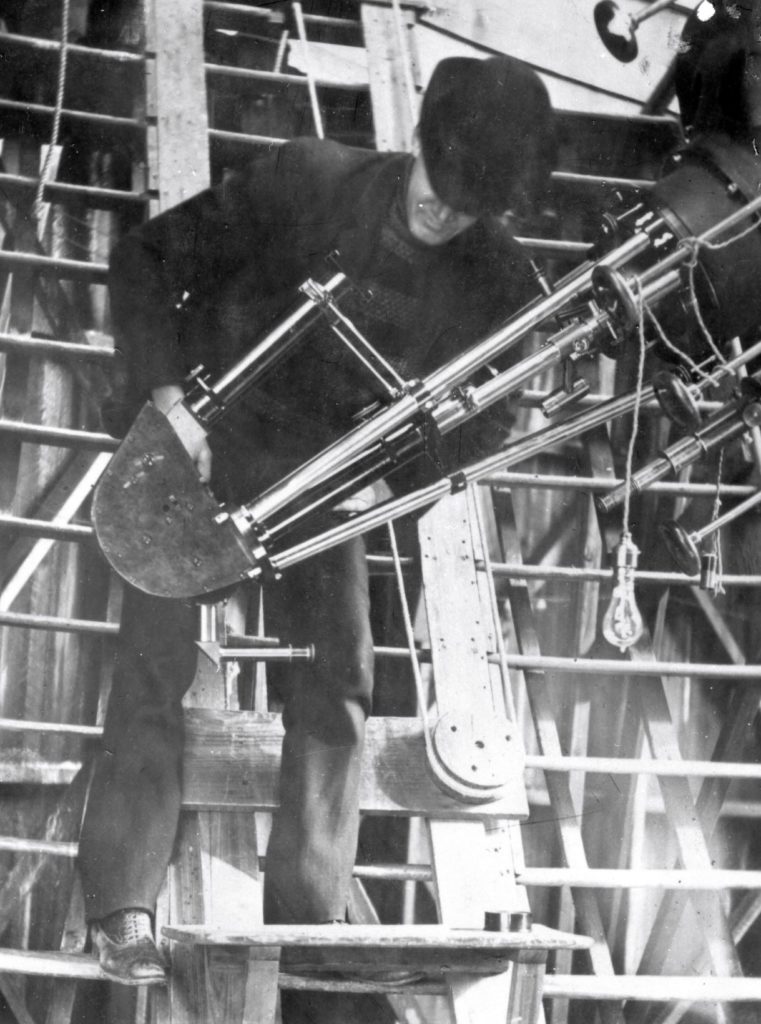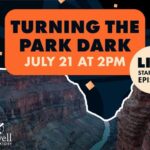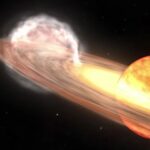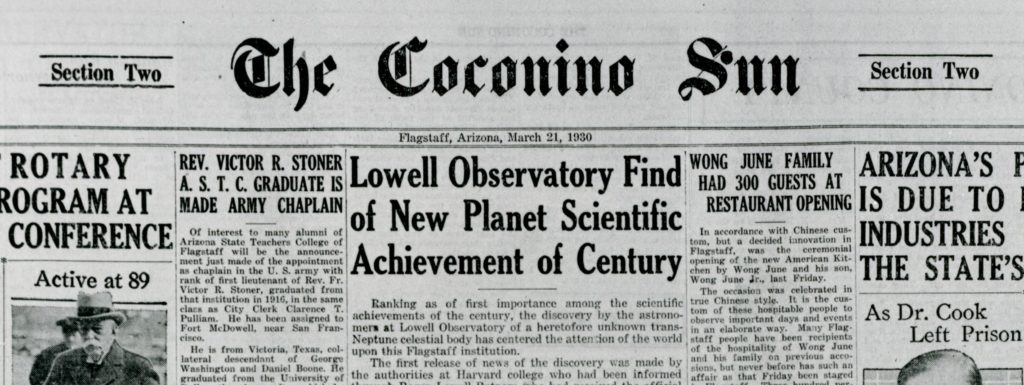
Mars Hill Quick Report: September 12-18
Welcome back to the Mars Hill Quick Report, a bite-sized weekly news update from Lowell Observatory! Each week, we’ll give you the short version of upcoming events at Lowell and beyond, plus a little dash of history.
News
☆ Tuesday, September 13
New Star Stuff Episode
Asteroids: How Love, Fear, and Greed Will Determine Our Future in Space
In this episode of Star Stuff, Cody, Hailey, and Harvard astrophysicist Dr. Martin Elvis talk about quasars, black holes, asteroids, and Dr. Elvis’ book Asteroids:How Love, Fear, and Greed Will Determine Our Future in Space.
You can listen to Star Stuff on all major platforms, including Spotify, Apple Podcasts, and Stitcher!
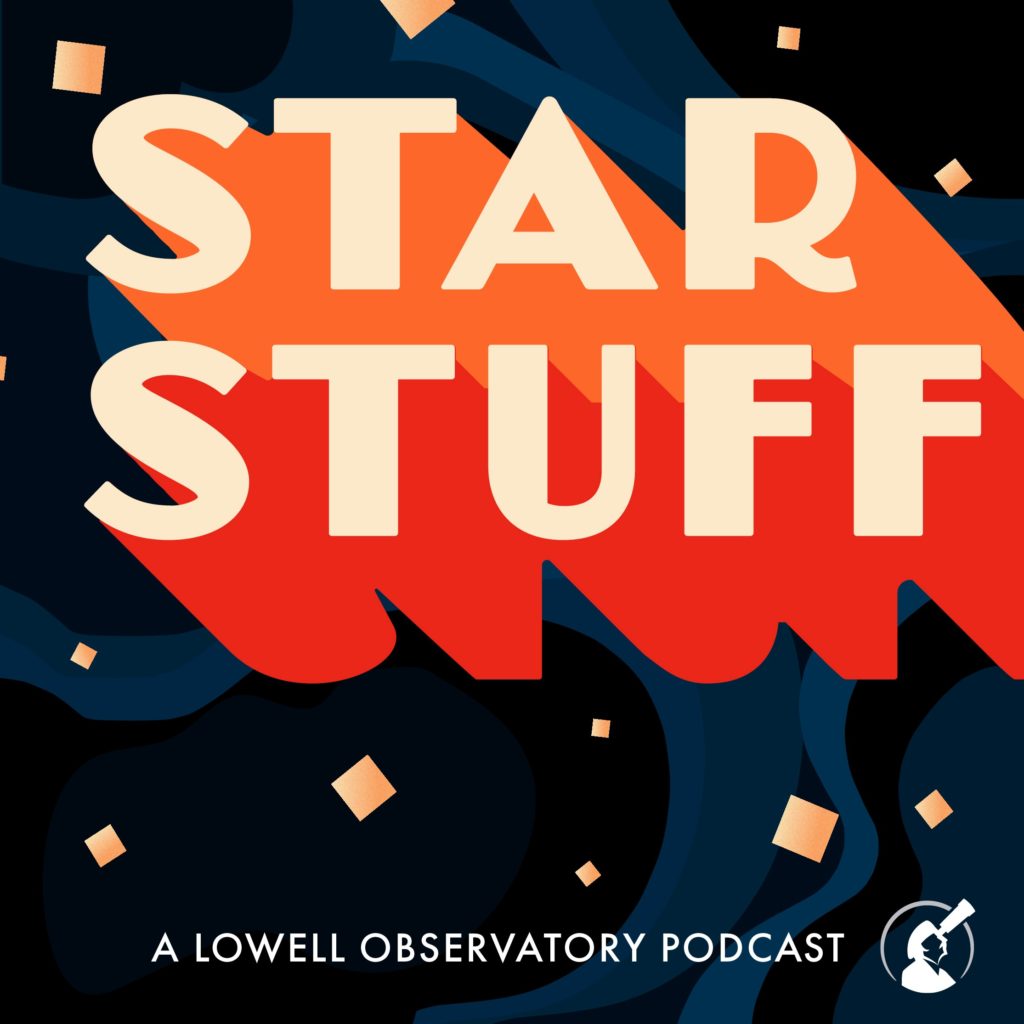
☆ Tuesday, September 13
Beerstronomy
September 13 @ 7:00 pm – 9:00 pm
$50
What’s better than stargazing? Stargazing AND beer! Join us on Tuesday, September 13 at 7:00pm for Beerstronomy, a night of constellation tours, stargazing, and brews from Historic Brewing Company. A special commemorative beer glass and two rounds of beer come free with every ticket purchase! Guests must be 21+ years of age with a valid ID to purchase or consume alcohol. We’ll see you there!
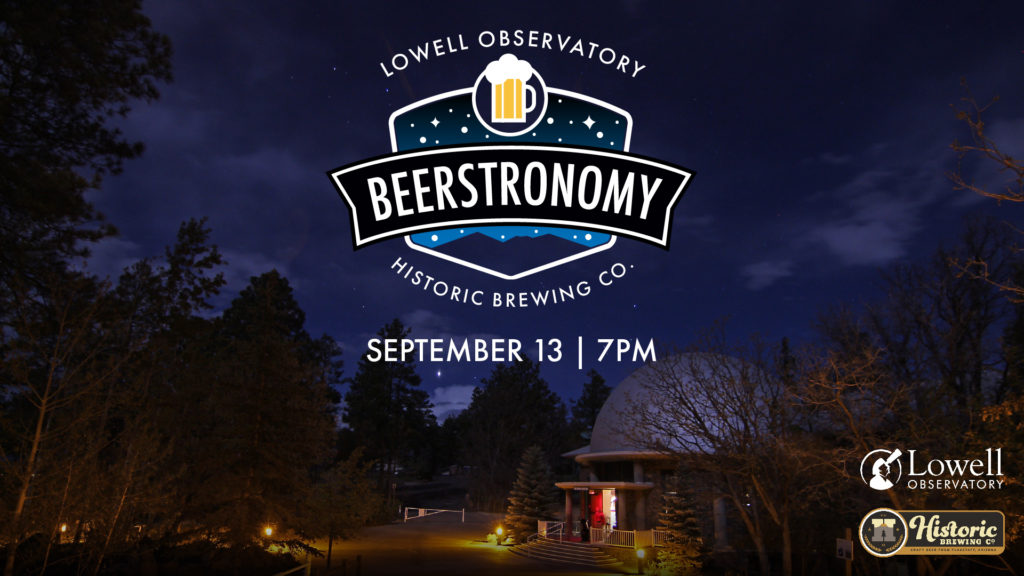
This Week in History
☆ September 17, 1912
V.M. Slipher exposes first plates for his radial velocity study
On September 17, 1912, Vesto Melvin (V.M.) Slipher exposed the first plate on which he would later measure the first radial velocity of a “spiral nebula” — which would later become known as the Andromeda Galaxy. Using the 24-inch telescope at Lowell Observatory he followed up with more Doppler shifts, and established that large velocities, usually in recession, are a general property of the spiral nebulae. Those early redshifts measured by Slipher were not only recognized as remarkable by the community, but were later critical to the discovery of what eventually came to be called “The Expanding Universe.” That is, evidence that galaxies and nebulae are moving further away from each other and the universe itself expands.
